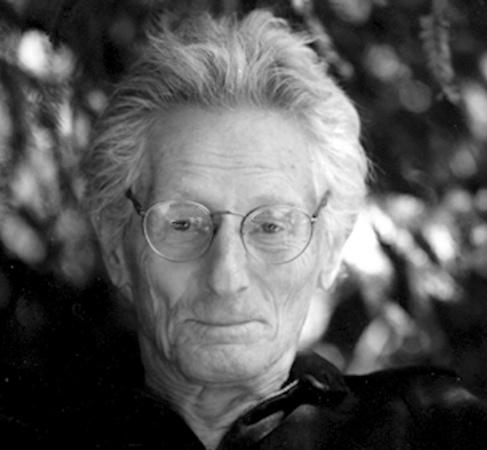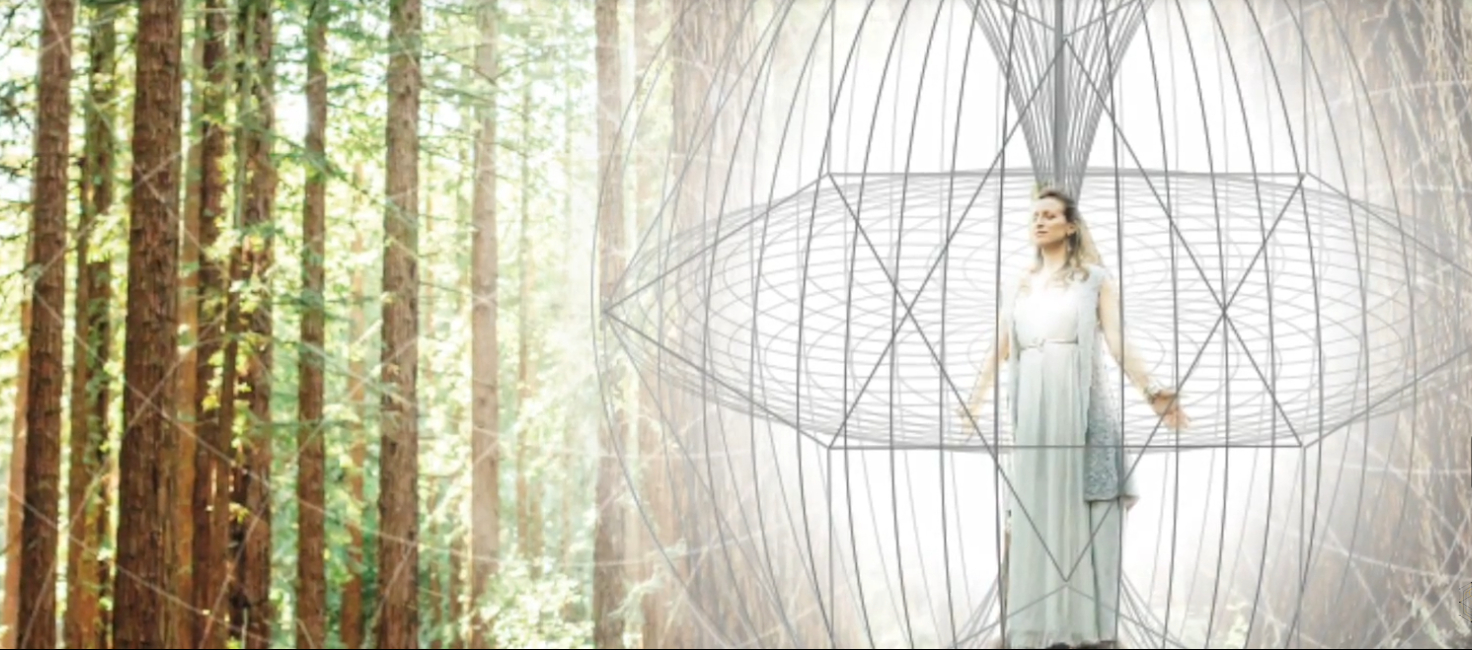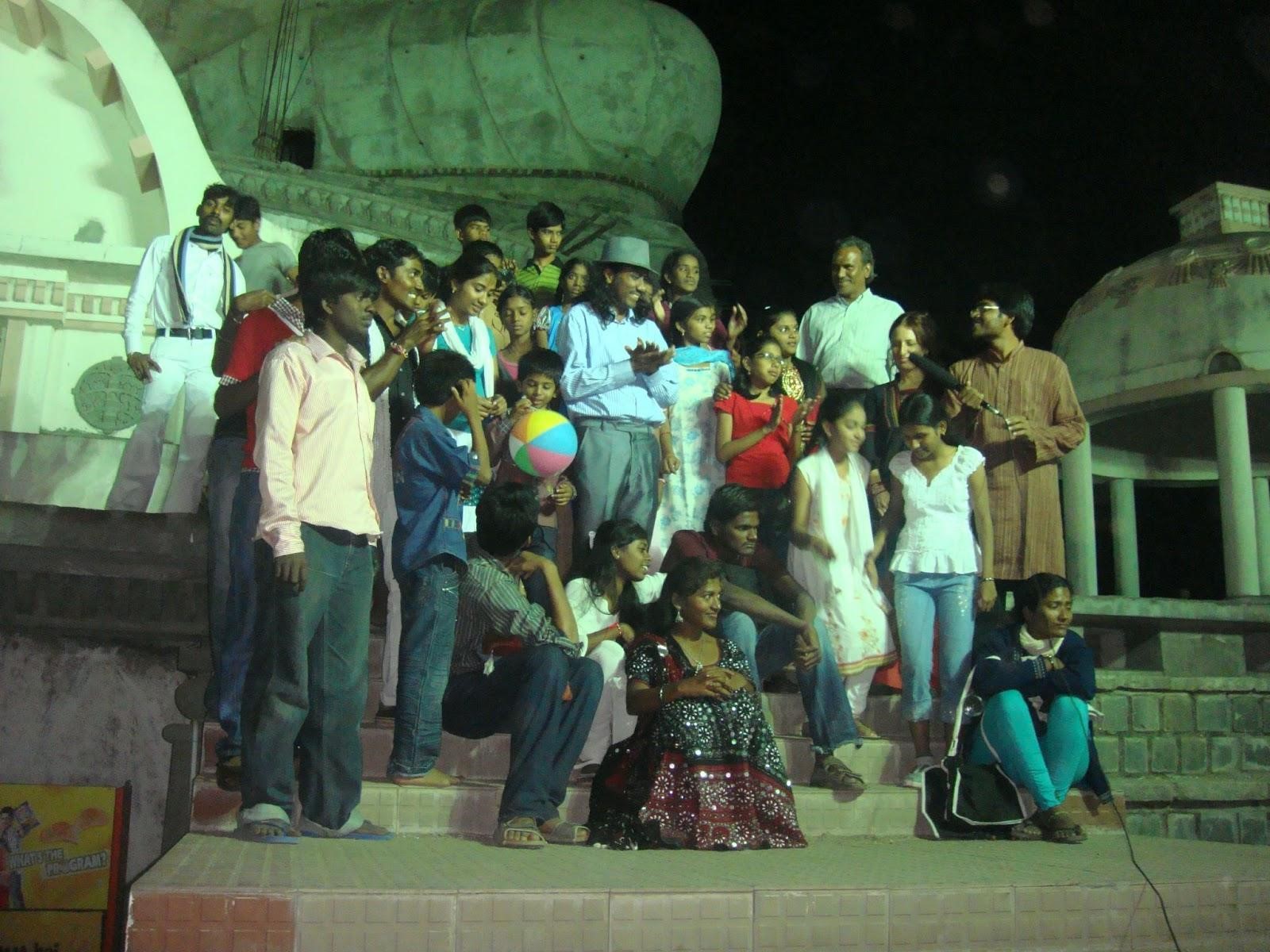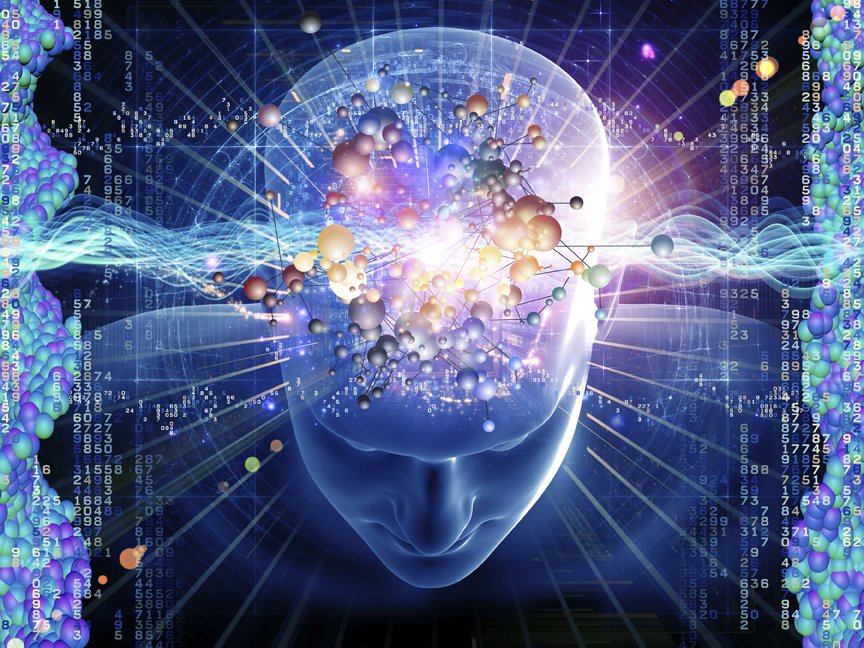Unveiling the Psychological Science of Synchronicity
17 July, 2025
A scientific psychology of meaningful coincidences begins with categories.
Key points
- Psychology is foundational to the study of synchronicity.
- For a synchronicity to exist, someone has to notice it and also find meaning in it.
- Categorization characterizes most sciences.
- The psychological science of synchronicity begins with establishing and verifying categories.
A science of synchronicities begins with psychology because coincidences do not become meaningful until a human being notices them. In addition, meaningful coincidences reflect some of the mental patterns by which human beings filter and organize the inputs of our reality. Can these mental patterns be categorized?
Most sciences begin with categorization as did Carl Linnaeus, a Swedish naturalist and explorer, who made significant contributions to the field of biology and taxonomy. Linnaeus developed a systematic approach to classifying and naming organisms, known as binomial nomenclature. This system laid the foundation for modern taxonomy and is still widely used today. His work influenced prominent scientists such as Charles Darwin and Gregor Mendel, and his ideas continue to shape the study of biology and the organization of the natural world.
Can students of meaningful coincidences do something similar?
I began formal study of meaningful coincidences in 2006 by developing the first valid and reliable survey of the frequency of meaningful coincidences (1). After several books on the subject, a podcast and this blog, I am noticing the emergence of several global synchronicity patterns, patterns that seem common across the thousands of reports from citizen scientists trying to understand the phenomena. In this post, I describe three of these patterns.
What you seek is seeking you
The Poet Rumi first articulated this idea. It suggests that your need may be similar to the need of another and that in some often surprising way you find each other.
The Dream Career
Ryan had always dreamed of working in the film industry. Despite facing numerous rejections, he remained determined and focused on his goal. One day, while attending a networking event, he struck up a conversation with a stranger. Little did he know that the person he was talking to was a renowned film director looking for fresh talent. Impressed by Ryan’s passion and dedication, the director offered him an opportunity to work on his upcoming project. Ryan’s pursuit of his dream career and the director’s search for a passionate and talented individual were seeking each other, resulting in a life-changing opportunity.
I founded The Coincidence Project (TCP) to understand, promote, research and explain meaningful coincidences.
Our Mission is to educate the public about meaningful coincidences and to encourage people to share their stories of meaningful coincidences, serendipity and synchronicity to inspire a leap forward in the evolution of human self-awareness: individually, interpersonally and collectively.
In the development of TCP, we had 3 urgent needs around the same time: funding, an online editor and synchronicity stories from a surgeon. These needs were answered by people with whom we had no previous contact. The donation came from a person who had seen mention of the work. Because she led her life using synchronicity as a guide, for support and for decision making, she wanted to help expand the scope of our activities so that others might also use synchronicity in these ways. This was, for us, an amazing synchronicity, because our need was matched by her generosity without any apparent causal explanation from our perspective. She later explained how her decision came about. The online editor wanted to repay the extraordinary synchronicity that helped him evolve psychologically, interpersonally and spiritually. He had no idea that our need for his abilities was immediate. We are fortunate that he chose us. I don’t know why the surgeon sent his stories when he did. He wouldn’t say. We were grateful. His timing was exquisite.
Your unique experience is probably not unique to you
The history of science is filled with instances in which independent researchers who apparently have no contact with each other make similar discoveries. The discovery of evolution, calculus and the telephone are among the most well-known. (2) There are hundreds more.
While many individual synchronicities seem very improbable, there is a high likelihood that your unique meaningful coincidence has been experienced, is being experienced or will be experienced by someone else. For example, many people report sitting down next to a stranger who then becomes their life partner. The feeling of uniqueness for each couple usually runs very high, yet the great number of similar stories suggests a global pattern.
Your environment can appear to mirror your mind
Thinking of someone whom you have not heard or seen in a long time and having that person contact you is among the most common meaningful coincidences. Similarly a person you are thinking about shows up unexpectedly on the street, in a store or some other community place. Or you come across a strange word and then hear it spoken in a movie, a play or in an overheard conversation. Others include: thinking about a specific song and then hearing it on the radio shortly afterwards, thinking about a particular place and then seeing pictures or hearing someone talk about it, and thinking about a specific topic or concept and then seeing an article or hearing a discussion about it. Although these fit the definition of the Baader Meinhof Phenomenon/frequency Illusion, instances like these regularly offer guidance, support and information needed by the person experiencing them. As statisticians (3) suggest events that might be explained by random chance can evoke meanings like these.
Thinking of someone whom you have not heard from or seen in a long time and having that person contact you is among the most common meaningful coincidences. Similarly a person you are thinking about shows up unexpectedly on the street, in a store or in some other community place. Or you come across a strange word and then hear it spoken in a movie, a play or in an overheard conversation. Others include: thinking about a specific song and then hearing it on the radio shortly afterwards, thinking about a particular place and then seeing pictures or hearing someone talk about it, and thinking about a specific topic or concept and then seeing an article or hearing a discussion about it. Our research shows that mind mirrors like this are quite common.
Comment
Perhaps these are all examples of the Law of Very Large Numbers which suggests that in very large numbers of events any strange thing can happen. (3) Intuitively this may seem obvious. However, this law has never been proven either experimentally or through mathematical axioms. The similarly named Law of Large Numbers states that the more times you flip a coin the more closely the results will come to 50% heads and 50% tails. This law has also been supported experimentally and mathematically. We look forward to more than intuition as support for the Law of Very Large Numbers.
However these synchronicities are explained, these three coincidence patterns contribute to the foundation blocks of a science of meaningful coincidences.
I have extracted these patterns through reading, observation and analysis. Our group The Coincidence Project is planning to utilize AI to look for patterns in at least 500 coincidences stories from separate people as well as to examine the collected stories from at least 10 individuals. We hope to aggregate the findings to confirm, negate or expand these global patterns. Their potential significance lies in our ability to utilize this understanding to generalize to the thought patterns of much of humanity and to facilitate the recognition and potential usefulness of synchronicities world-wide.
References
- David Hand. (2014) The Improbability Principle: Why Coincidences, Miracles, and Rare Events Happen Every Day. New York: Farrar-Strauss
- Coleman SL, Beitman BD. Characterizing high-frequency coincidence detectors. Psychiatric Annals, 39(5), May 2009, pp. 271-279.
- Robert K. Merton: Singletons and Multiples in Scientific Discovery: A Chapter in the Sociology of Science Proceedings of the American Philosophical Society Vol. 105, No. 5, The Influence of Science upon Modern Culture, Conference Commemorating the 400th Anniversary of the Birth of Francis Bacon (Oct. 13, 1961), pp. 470-486 Philadelphia: University of Pennsylvania Press























Comments